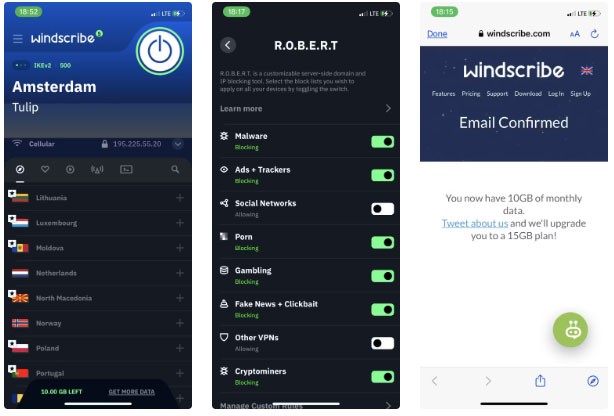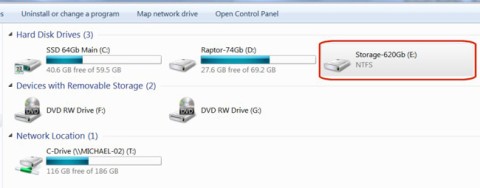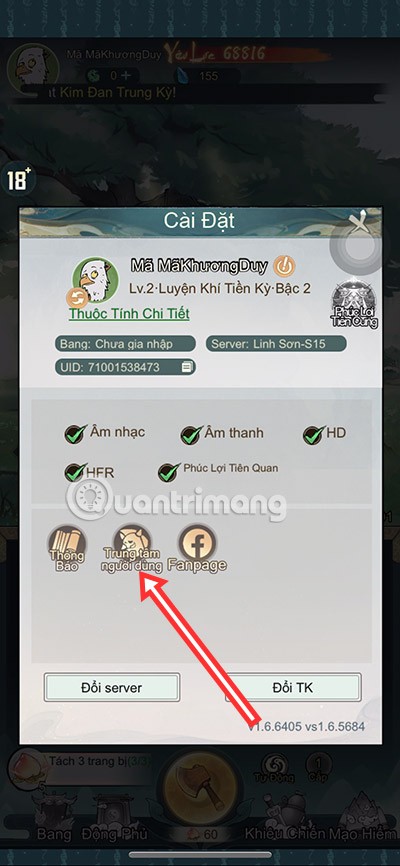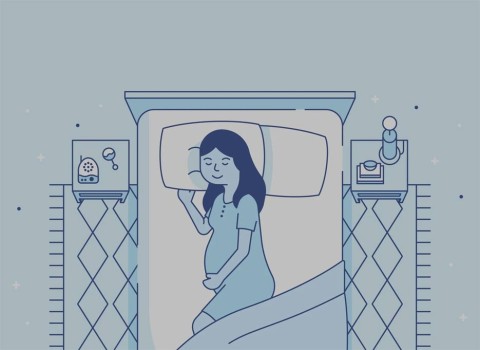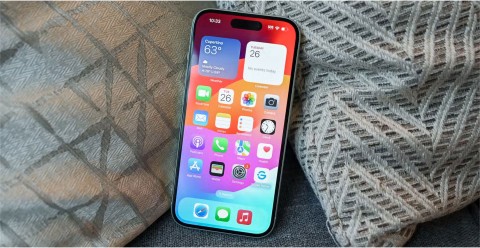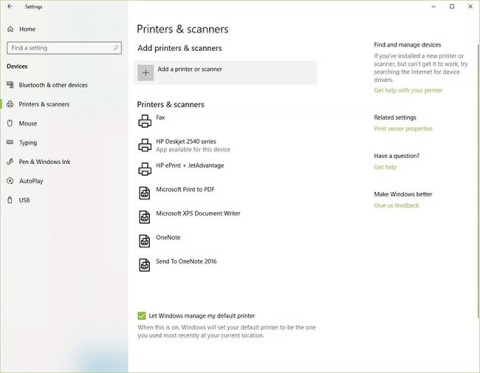The most commonly deficient nutrients in the diet

Diet is important to our health. Yet most of our meals are lacking in these six important nutrients.
Learn about the Moon , you will find many interesting surprises. If information about what the Moon is, you may already know, but the facts that no one has revealed to you.
The moon may seem insignificant at first glance, but it benefits and affects life on Earth in many ways, from the moonlight it shines down on to the tides it creates. If you love astronomy, you will find the moon very beautiful. It has also been featured in poetry, literature, and even comics like the once-popular Sailor Moon.
The moon has also influenced human culture, appearing in mythology and helping humans keep track of time. Humans and many other life forms depend on the moon, and it is the only celestial body other than Earth that humans have ever visited.
Although the Moon still holds many mysteries, we have learned a lot about our planet's natural satellite. Want to know what secrets the Moon holds? Here are some interesting facts about the Moon that you may not know.
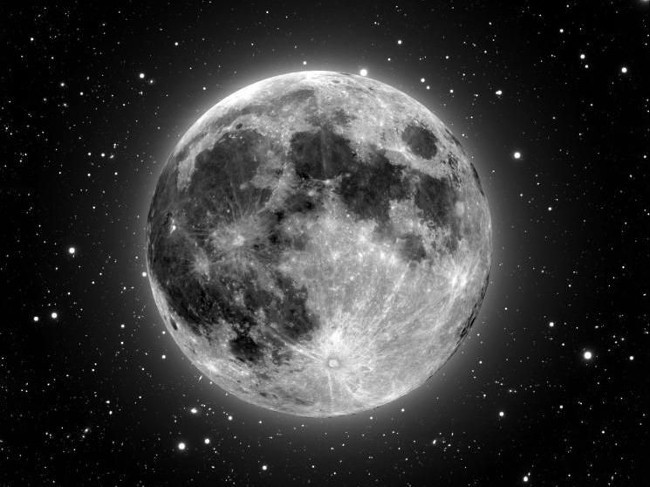 Photo credit: NOAO / AURA / NSF
Photo credit: NOAO / AURA / NSF
Interesting facts about the Moon
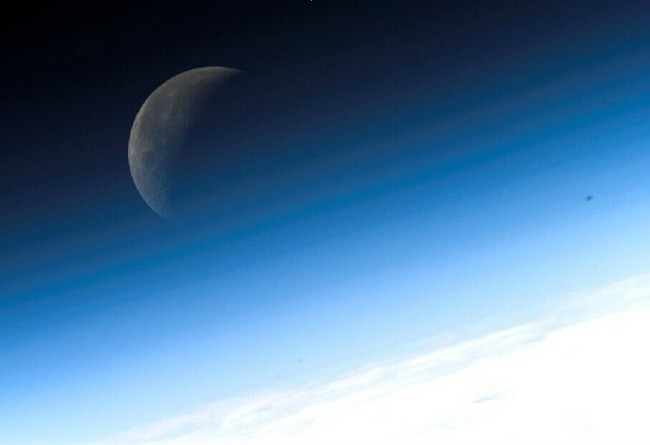 Photo source: NASA
Photo source: NASA
" The Moon was formed as a result of a collision called the Giant Impact or Big Whack. It was like this: A huge object the size of Mars hit Earth 4.6 billion years ago after the Sun and the Solar System were born. A cloud of vaporized rock was ejected (a combination of Earth and other objects) into orbit around the Earth. The cloud cooled and condensed into a small, solid ring, which later merged to form the Moon ," scientists said.
Potential for life on the Moon
Many studies have explored the Moon but have found no evidence of life on it. However, the Moon could be a future human settlement. The discovery that the Moon contains water ice, with its highest concentrations found in the dark craters at the poles, makes the Moon a little more hospitable to future inhabitants.
Orbit and rotation
The Moon rotates at the same rate it orbits the Earth (called synchronous rotation), so the same hemisphere always faces the Earth. Some people refer to the far side—the hemisphere we never see from Earth—as the “dark side,” but that’s misleading.
As the Moon orbits the Earth, different parts of the Moon will be in sunlight or in darkness at different times. This change in brightness is why, from our perspective, the Moon appears to go through phases. During a “full moon,” the hemisphere of the Moon we can see from Earth is completely illuminated by the Sun. And a “new moon” occurs when the far side of the Moon is fully illuminated by the Sun and the side facing us is in nighttime.
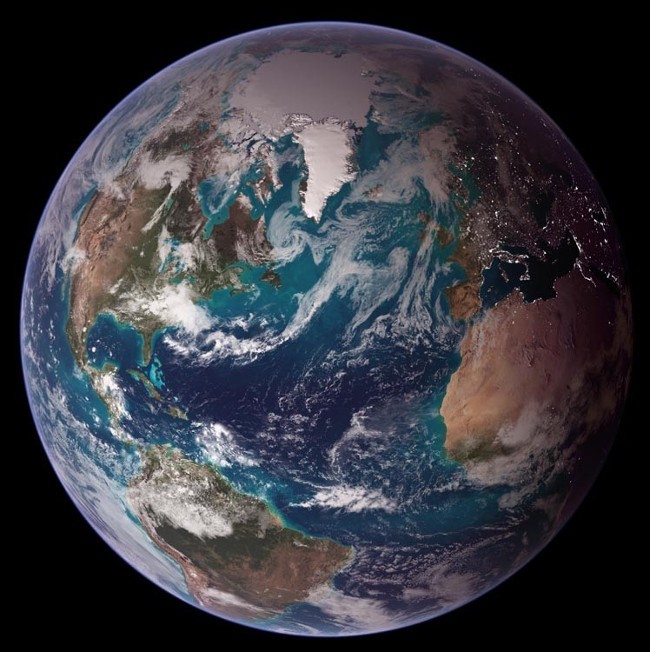 Photo credit: Reto Stöckli, NASA
Photo credit: Reto Stöckli, NASA
Although not at the same time, the Moon rises in the East and sets in the West every day - just like the Sun and other stars, for the same reason that the Earth's rotation on its axis points eastward, drawing celestial objects into view and then out of focus. The Moon also makes an orbital trip around the Earth every 29.5 days. In the sky, this movement is gradually eastward, although it is not visible during any given viewing session. However, this is the reason why the Moon rises on average 50 minutes later each day than the day before.
That also explains why sometimes the Moon rises in the evening and is high during the night, while other times it rises only briefly or mostly during the day.
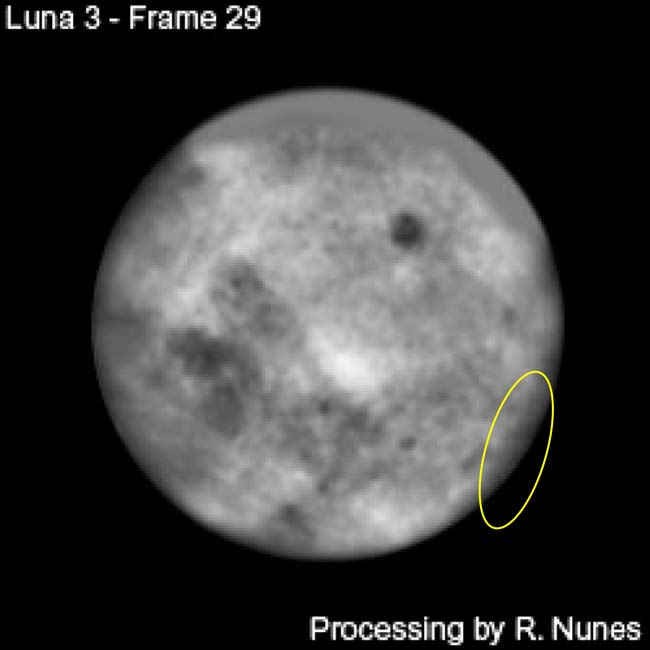 Image source: Image courtesy NSSDC and Ricardo Nunes
Image source: Image courtesy NSSDC and Ricardo Nunes
Contrary to popular belief, the Moon does not have a dark side . However, it does have a “far side” that we cannot observe from Earth. Here’s why:
Long ago, the gravitational effects of the Earth slowly rotated the Moon on its axis. As the Moon slowly rotated slowly enough to match its orbital period ( the time it takes for the Moon to orbit the Earth ), the effect stabilized.
So the Moon orbits the Earth once and rotates on its axis once, both times taking the same amount of time, and for the most part, it shows us only one side.
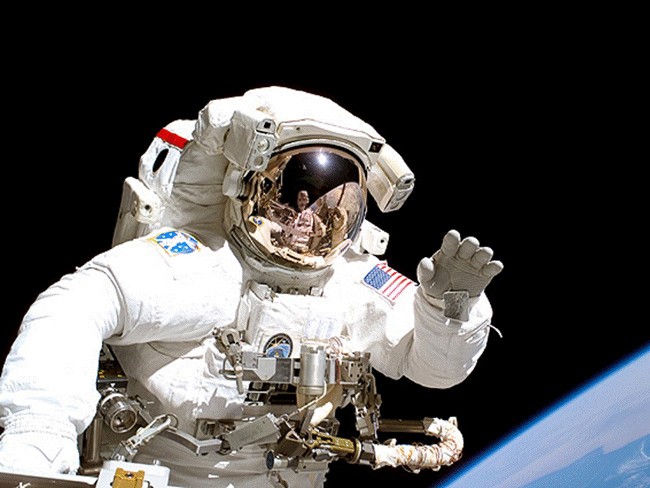
The Moon is about 27% the size of Earth and not that big. The gravity on the Moon is only about 1/6th that of Earth. If you drop a rock on the Moon, it will fall more slowly ( and astronauts can hope to fly higher ). If you weigh 68kg ( 150 pounds ) on Earth, you will weigh about 11kg ( 25 pounds ) on the Moon.
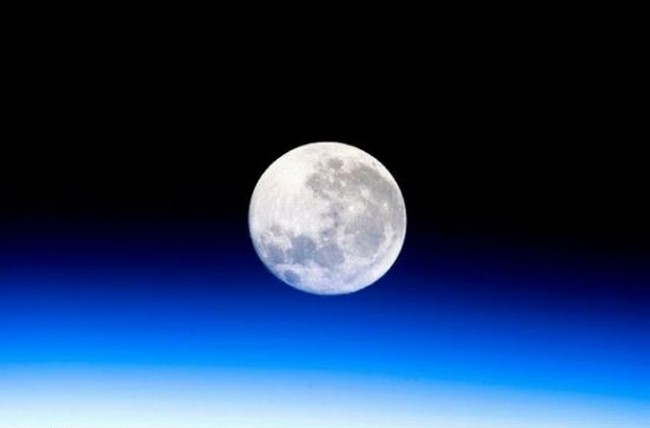 Photo source: NASA
Photo source: NASA
The Moon's orbit around the Earth is an oval, not a circle, so the distance between the center of the Earth and the center of the Moon varies from orbit to orbit. At perigee ( PEHR uh jee ), when the Moon is closest to the Earth, the distance is 363,300 km ( 225,740 miles ), and at aphelion ( AP uh jee ), when it is farthest away, the distance is 405,500 km ( 251,970 miles ).
When the full Moon is high at apogee, we can see the disk rotating 14% larger and 30% brighter than other full Moons.
The Moon does not get bigger when it is high at night, but it is an illustration (which has caused a lot of controversy about what it does ). You can test it yourself by holding something the size of a normal pencil eraser when the Moon rises, which initially looks very big, then doing the test again at night when the Moon is higher and looks smaller. Then, hold up the eraser and compare, the two tests should look pretty much the same.
Image credit: NASA / LRO / LOLA / GSFC / MIT / Brown
The craters on the Moon's surface reveal its violent history. Since there is virtually no air on the Moon's surface and little activity inside the Moon, the craters are recorded by impacts billions of years ago ( unlike Earth, where violent acts would return soon after, but all craters are weathered or folded back into the planet ).
By looking at the craters on the Moon, scientists have shown that the Moon ( and Earth ) went through a Late Heavy Bombardment period about 4 billion years ago. The latest thinking about the onslaught is that life could have survived there, if creatures had found a foothold.
Image credit: Gordon Gillet, ESO.
The Moon is not round (or spherical), it is shaped like an egg. If you go out and look at the Moon, one of its small ends will be pointing at you. The Moon's center of mass is not at the geometric center of the moons; it is about 2km (1.2 miles) away from the center. Likewise, the Earth also bulges out around its middle.
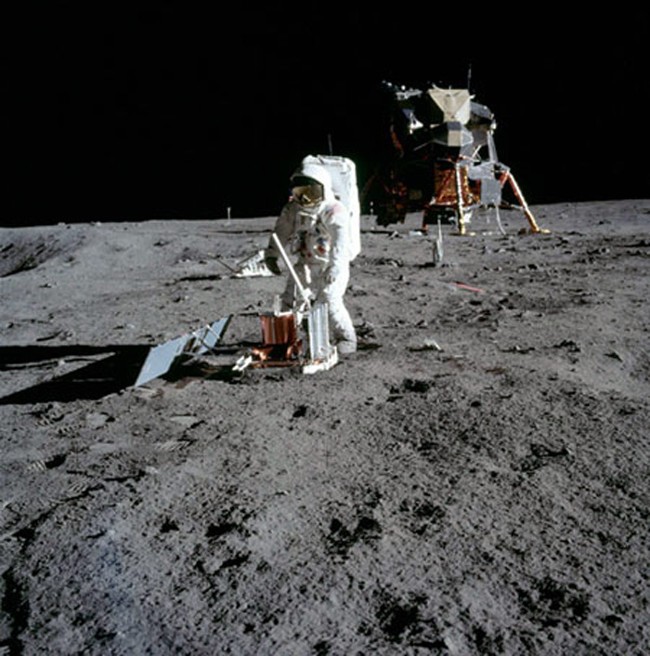 Photo: NASA
Photo: NASA
The Apollo astronauts used seismometers on their trips to the Moon and discovered that the gray sphere was not a place completely devoid of geological activity.
Small earthquakes, originating several miles (kilometers) below the surface, are thought to be caused by the Earth's gravity. Sometimes, small cracks appear on the surface and gas escapes.
Scientists have suggested that they think the Moon might have a hot, partially molten core, like Earth's core. However, data from NASA's Lunar Prospector spacecraft showed in 1999 that the Moon's core is small - perhaps only about 2% to 4% of its mass. That's tiny compared to Earth, whose iron core makes up about 30 percent of the planet's mass.
One engineer believes that "moon caves" should be included when designing future Moon bases.
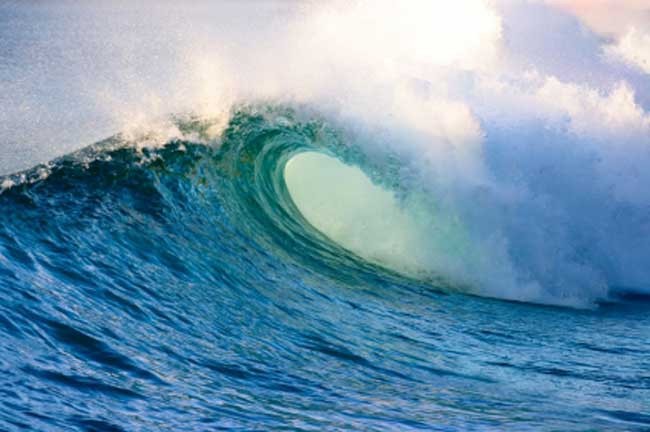 Photo source: Stockxpert
Photo source: Stockxpert
Tides on Earth are caused primarily by the Moon ( the Sun has a smaller effect ). Here's how tides work:
The Moon's gravity pulls on Earth's oceans. High tides line up with the Moon as Earth rotates beneath it. High tides occur on the opposite side of the planet because gravity pulls Earth toward the Moon rather than toward the water.
On full and new moons, the Sun, Earth, and Moon are aligned, creating higher-than-normal tides ( called ephemeris, the way they rise ). When the Moon is in its first or last quarter, the tides are smaller than they would be when they form. The Moon's 29.5-day orbit around the Earth is not circular. When the Moon is closest to the Earth ( called perigee ), the ephemeris are even higher, and they are called perigee ephemeris .
All this tugging has an interesting side effect: Some of Earth's rotational energy is stolen by the Moon, causing our planet to slow down by about 1.5 milliseconds every century.
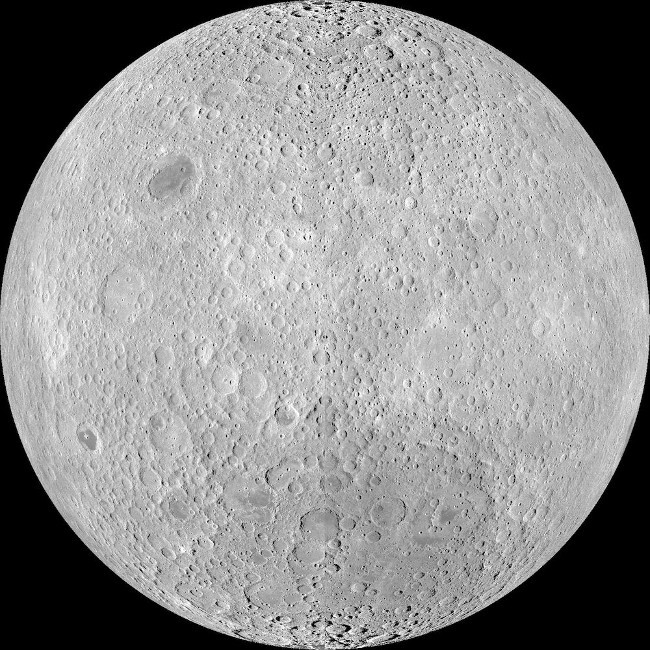 Photo credit: NASA / Goddard / Arizona State University
Photo credit: NASA / Goddard / Arizona State University
By the time you read this, the Moon will have moved far away from us. Every year, the Moon takes some of the Earth's rotational energy and uses it to push itself about 4cm (1.6 inches) higher in its orbit.
Researchers say that when it formed about 4.6 billion years ago, the Moon was about 22,530km (14,000 miles) from Earth and now it is 450,000km (280,000 miles).
Meanwhile, the Earth's rotation is slowing down - our days are getting longer. Eventually, our planet's tidal bulges will converge along an imaginary line running through the center of the Earth and the Moon, and our planet's rotation will pretty much stop. The Earth day will be a long month. When this happens, billions of years from now, terrestrial months will be longer - about 40 of our current days - because during this time the Moon will continue to move outward.
During the early exploration of the Moon and analysis of all the samples returned from the Apollo and Luna missions, it was widely thought that the lunar surface was dry.
The first detection of water was made in 2008 by India's Chandrayaan-1 mission, which detected hydroxyl molecules scattered across the lunar surface and concentrated at the poles. Missions such as Lunar Prospector, LCROSS, and Lunar Reconnaissance Orbiter have not only shown that the lunar surface is globally moist, but that there are actually high concentrations of water ice in the permanently shadowed regions of the lunar poles.
Scientists have also discovered that the lunar surface releases water when the moon is bombarded by small meteorites. The surface is protected by a layer of dry soil, a few centimeters of which can only be broken by large small meteorites. When small meteorites hit the lunar surface, most of the material in the impact crater is vaporized. The shock waves carry enough energy to release water that coats the soil particles. Most of that water is released into space.
Diet is important to our health. Yet most of our meals are lacking in these six important nutrients.
At first glance, AirPods look just like any other true wireless earbuds. But that all changed when a few little-known features were discovered.
In this article, we will guide you how to regain access to your hard drive when it fails. Let's follow along!
Dental floss is a common tool for cleaning teeth, however, not everyone knows how to use it properly. Below are instructions on how to use dental floss to clean teeth effectively.
Building muscle takes time and the right training, but its something anyone can do. Heres how to build muscle, according to experts.
In addition to regular exercise and not smoking, diet is one of the best ways to protect your heart. Here are the best diets for heart health.
The third trimester is often the most difficult time to sleep during pregnancy. Here are some ways to treat insomnia in the third trimester.
There are many ways to lose weight without changing anything in your diet. Here are some scientifically proven automatic weight loss or calorie-burning methods that anyone can use.
Apple has introduced iOS 26 – a major update with a brand new frosted glass design, smarter experiences, and improvements to familiar apps.
Yoga can provide many health benefits, including better sleep. Because yoga can be relaxing and restorative, its a great way to beat insomnia after a busy day.
The flower of the other shore is a unique flower, carrying many unique meanings. So what is the flower of the other shore, is the flower of the other shore real, what is the meaning and legend of the flower of the other shore?
Craving for snacks but afraid of gaining weight? Dont worry, lets explore together many types of weight loss snacks that are high in fiber, low in calories without making you try to starve yourself.
Prioritizing a consistent sleep schedule and evening routine can help improve the quality of your sleep. Heres what you need to know to stop tossing and turning at night.
Adding a printer to Windows 10 is simple, although the process for wired devices will be different than for wireless devices.
You want to have a beautiful, shiny, healthy nail quickly. The simple tips for beautiful nails below will be useful for you.
